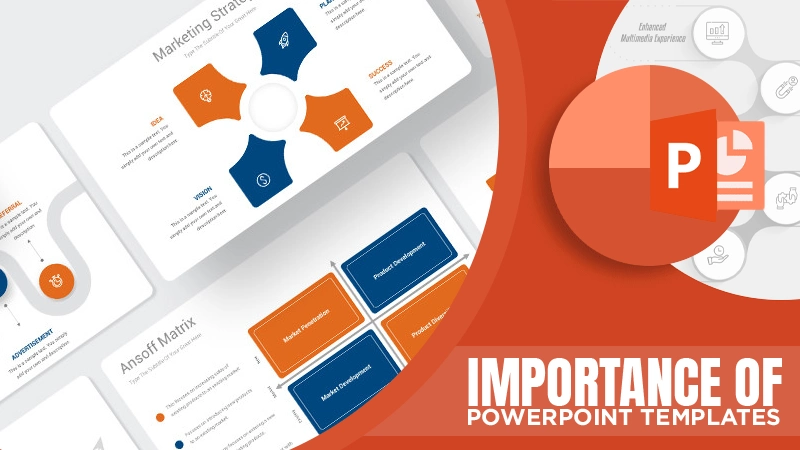If you’re not using web scrapers to generate leads, you may be a technophobe. What other than fear keeps you from optimizing your customer outreach?
And we get it — one look at some hypertext sends most of us kicking and screaming back into the cozy arms of a graphical user interface (GUI).
But you no longer have to know code to scrape the web — web scrapers come with GUIs now.
Sure, you need a few other tidbits before wielding a fully-automatic email harvesting machine, but that’s why we made this guide.
First, we’ll brief you on web scraping, convince you that it’s worth facing the fear of the unknown for five minutes, and then show you how to get started.
Sound good? Okay. Let’s go.
What’s web scraping?
Why web scraping for lead generation?
Precision
Speed
Efficiency
How to Generate Thousands of Leads in Minutes
Step 1: Identify Your Targets
Step 2: Select a Web Scraper
Step 3: Do You Need Proxies?
If you’re serious about lead generation
What’s Web Scraping?
Web scraping is the process of extracting data from websites. It involves using scripts to identify and pull information from web pages and then store it in a database for later analysis or manipulation.
You can use web scrapers to collect data about any website with publicly available content, including social media platforms such as Facebook, Twitter, and LinkedIn.
Why Web Scraping for Lead Generation?
Web scrapers emulate the manual process of generating email lists — then they automate it. As you can imagine, the precision, speed, and efficiency are highly scalable.
And it’s not imaginary. Check this out:
Precision
You can dial in web scraping tools to target specific keywords and parameters. For example, you can unearth Instagram users who fit your customer profile by honing in on location, hashtags, products, services, etc.
The same goes for seeking business relationships through public directories and social networks such as WebMD or LinkedIn.
Speed
The difference between manual and automated data extraction is enormous. Let’s say that manually searching, copying, and organizing contact details is similar to watering an apple orchard. You have to fill several buckets with water and walk them over one at a time to each of the hundreds of apple trees — taking weeks to complete a single round.
Extracting data with a web scraper is like installing a water irrigation system in the orchard. All you need to do is turn it on, sit back, and crack open an apple cider.
Efficiency
Let’s get to the point: time is money. If you spend hours browsing for leads, you’re already in the red. Those leads have to pay off, or you have to make up for the lost time.
What better way to do that than programming a bot to generate leads for you?
That’s what we’re saying here — if you’re not using a web scraping tool for lead generation, you’re business is leaking profits.
It doesn’t take much time to set up. In the past, you had to write custom scripts and manage problems as they arose. Nowadays, the recipes for generating leads are already prepared for you — just pick the dish.
How to Generate Thousands of Leads in Minutes
Generating leads shouldn’t be a full-time job. Follow these steps and make it a 5-minute task.
Step 1: Identify Your Targets
First, you’ll need to prepare a list of websites where you can find potential customers or business relations. Your targets may also include social networks and apps like Facebook or Reddit.
This shouldn’t take much time if you’ve done your homework and sketched out some buyer personas or customer profiles.
For example, you can scrape University forums and research journals if you’re looking to collaborate with people in a specific academic field.
Step 2: Select a Web Scraper
Web scraping tools come in all shapes and sizes. More specifically, various types cater to specific targets, coding languages, skill levels, price, etc. Some are mono-functional, and others can scrape nearly anything.
For simplicity’s sake, we can define four types of web scraping tools.
- Browser Extensions – A simple solution for scraping data one page at a time. They work by pointing and clicking on the details you want to harvest. No coding skills are necessary, and something like Web Scraper is perfect for generating leads through Chrome or Safari browsers.
- Open Source – You probably won’t start here because you do need coding experience. You can typically use Python to find suitable scripts for harvesting names, email addresses, and social links, but thousands of other libraries exist. It’s not for the faint of heart, but the price – free – is quite charming.
- Cloud-based APIs – Here’s where most people go when looking for a mostly hands-off, high-yielding lead-generator. Web scraping APIs are visual web data extraction software — you control the scraping process through a GUI — and all the complex coding business is hidden beneath an attractive, user-friendly dashboard.
Scraping APIs tend to cost more than any other data extraction tool, but the investment pays in saved time, professional results, and knowledgeable customer service. - Desktop APIs – One other option is to consider using downloadable scraping tools like ParseHub and Octoparse. They both have generous onboarding for new users that get you scaping leads in minutes. They have free (albeit limited) versions to test-drive and reasonably priced packages for small to enterprise-level businesses.
Step 3: Do You Need Proxies?
Yeah. Absolutely.
As we’ve already mentioned, web scrapers automate what you can do manually – only much, much faster. This is a curse and a blessing: You can send thousands of requests for information to websites on the one hand. On the other hand, sending thousands of requests to a website can resemble DDoS attacks or some other intolerable activity.
Websites and applications protect themselves from potential attacks by banning the IP of any visitor that looks like a bot — and web scrapers match the profile.
The only way around this is to use Rotating Residential Proxies. In short, proxy rotation software changes your IP address for each request your web scraper sends to a website. Additionally, the residential IP addresses make it look like each request originates from a real user device — not some program running on a datacenter.
Proxies may also give you that technophobic vibe, but they’re effortless to implement, and most scraping tools accommodate them.
The only caveat we should add is that it will save you time and money to invest in a high-quality residential proxy package where you have access to millions of real user-device IPs across the globe.
If you’re serious about lead generation
Web scraping tools are essential to business growth. And not just for lead generation, but for monitoring your brand, optimizing SEO, customer listening, price modeling, and everything else — most of the internet wouldn’t exist without it.
It wasn’t long ago that only established companies had access to this level of data intelligence, but now even the individual can harness its power.
So what are you waiting for — you could send ten thousand emails to qualified leads in the next hour.
















